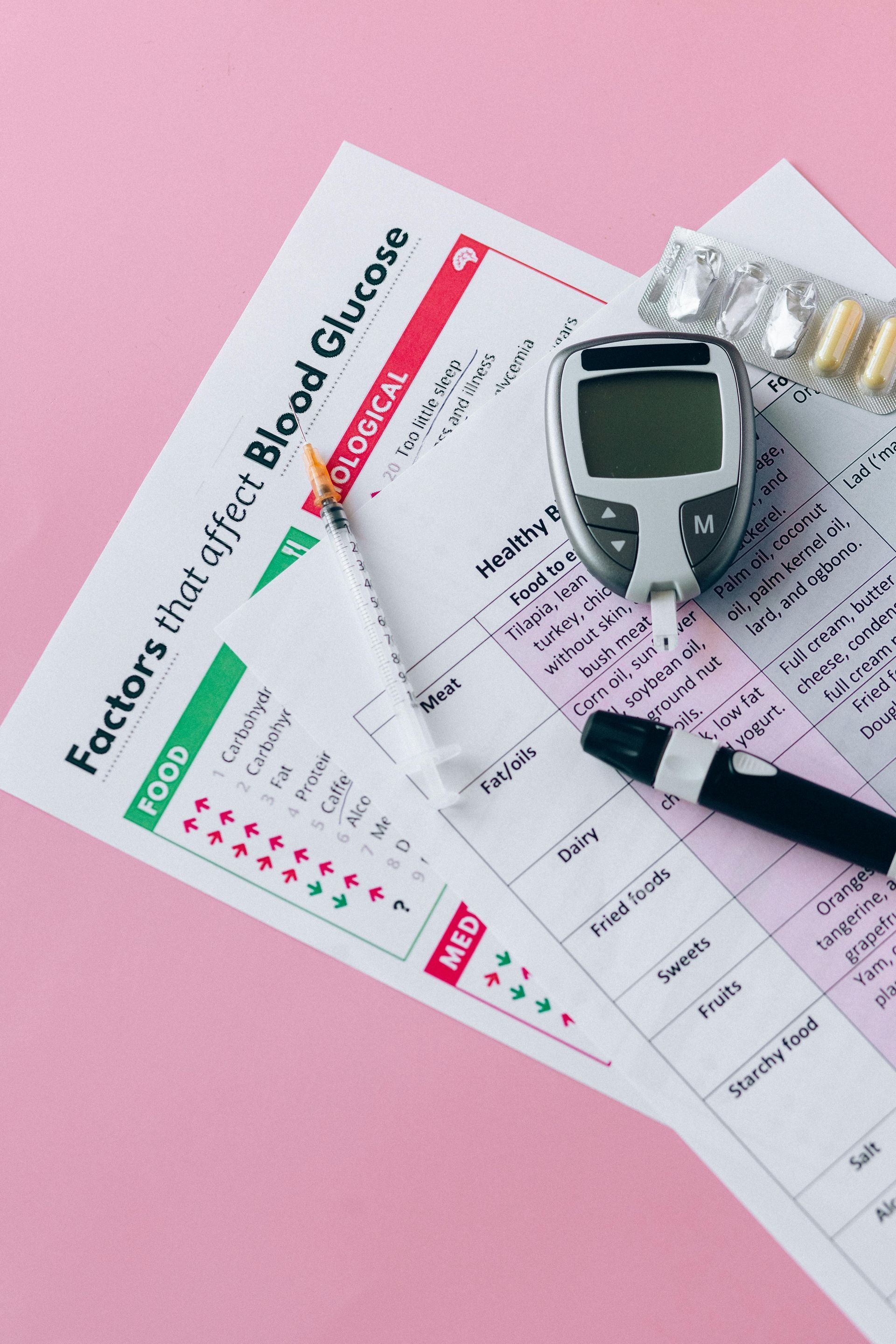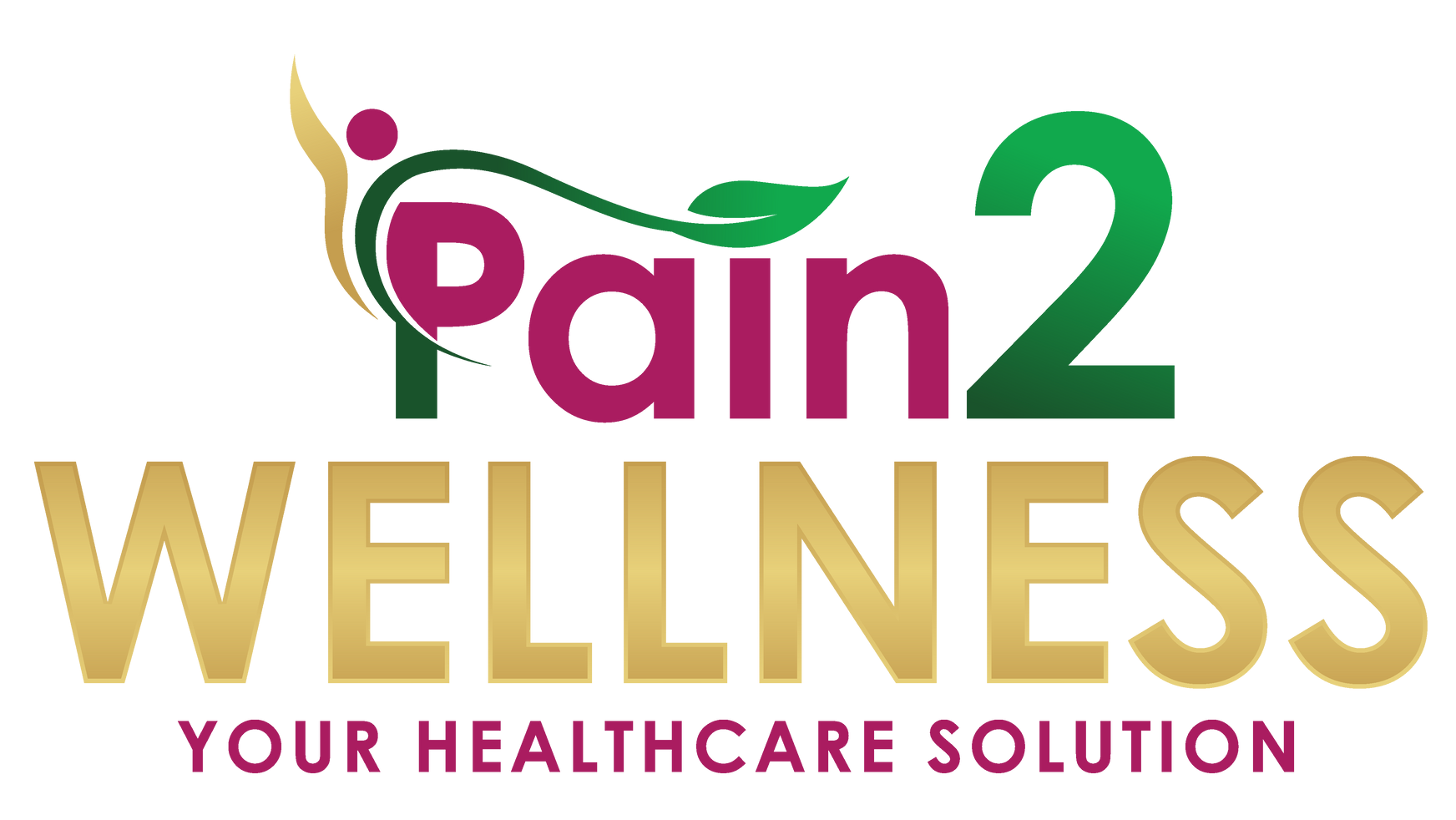Note: January is National Radon Action Month, but radon testing and prevention should happen year-round. Don’t wait to protect your home and your health—start today.

What Is Radon?
Radon is a naturally occurring radioactive gas that forms from the breakdown of uranium in soil, rock, and water. It’s colorless, odorless, and tasteless, making it impossible to detect without testing.
Radon can seep into your home through:
- Cracks in foundations and walls
- Gaps around pipes and construction joints
- Crawl spaces and basements with poor ventilation
Once indoors, radon can accumulate to dangerous levels. It’s found in all 50 states, and 1 in 15 U.S. homes has levels above the EPA’s safety threshold of 4 pCi/L (picocuries per liter).
Why You Should Be Concerned
Radon is the second leading cause of lung cancer in the U.S., responsible for about 21,000 deaths annually. Even if you’ve never smoked, long-term exposure to radon can still significantly increase your risk.
Symptoms of radon-related lung cancer may include:
- Persistent coughing (sometimes with blood)
- Chest pain or tightness
- Shortness of breath
- Hoarseness
- Unexplained weight loss
If you or a loved one is experiencing these symptoms, speak with your doctor about low-dose CT lung screening.
Testing and Prevention: What You Can Do Now
1. Test Your Home
Testing is the only way to know your radon levels. Use:
- A DIY kit (available online or at hardware stores)
- A certified radon professional for more detailed testing
2. Take Action If Levels Are High
If your home tests at or above
4 pCi/L, the EPA recommends installing a
radon mitigation system. These systems:
- Increase ventilation
- Seal cracks and openings
- Reduce indoor radon levels effectively
3. Retest Regularly
Even if your initial test is low, retest every 2–5 years, or after renovations, earthquakes, or foundation repairs.
4. Explore Local Resources
Many states and local agencies offer:
- Free or low-cost test kits
- Grants or financial help for mitigation
Take advantage of these while they’re available!
The Role of a Whole Food, Plant-Based (WFPB) Diet
A healthy home starts with clean air—but it doesn’t end there. Your diet plays a powerful role in helping your body fight back against toxins like radon.
While eating plant-based won’t remove radon from your home, it can support your body’s natural detox defenses and reduce the total toxic burden your immune system must handle.
How WFPB Eating Helps:
- Neutralizes free radicals with antioxidants
- Supports lung health with phytonutrients, vitamin C, and selenium
- Reduces inflammation and oxidative stress
- Strengthens your immune system
Top Antioxidant Foods to Include:
Dark leafy greens (kale, spinach)
Berries (blueberries, strawberries, raspberries)
Cruciferous veggies (broccoli, Brussels sprouts, cabbage)
Sweet potatoes and carrots
Herbs like turmeric, ginger, and garlic
These foods help your body repair damage, protect cells, and maintain overall resilience—especially important if you've been unknowingly exposed to radon over time.
Final Thoughts: Prevention Is Power
Radon exposure is
silent but preventable. By combining
testing, mitigation, and a
supportive lifestyle, you can reduce your risk of radon-related health issues and protect your family’s well-being.
✅ Test your home
✅ Act quickly if levels are high
✅ Eat to support detox and immune health
✅ Educate others in your community
Take Action Today
If you’ve never tested your home for radon—or it’s been more than 2 years—it’s time. Visit EPA.gov/radon to learn more or purchase a test kit today.
Want guidance on building a disease-fighting lifestyle? Book a free 15 discovery call to see how our programs can support your health goals.
Sources:
- U.S. Environmental Protection Agency (EPA). A Citizen’s Guide to Radon. https://www.epa.gov/radon
- American Lung Association. Radon Basics. https://www.lung.org/clean-air/at-home/indoor-air-pollutants/radon
- Centers for Disease Control and Prevention (CDC). Radon and Cancer. https://www.cdc.gov/cancer/radon/index.htm
- American Cancer Society. Lung Cancer Screening Guidelines. https://www.cancer.org/healthy/find-cancer-early/cancer-screening-guidelines/
- Environmental Law Institute. Radon Testing and Mitigation: State Policies. https://www.eli.org/buildings/radon-state-laws
- Li, C. Y., et al. (2011). Plant antioxidants: From nutritional therapy to protective effects against environmental toxins. Oxidative Medicine and Cellular Longevity. https://doi.org/10.1155/2011/417291
- Halliwell, B. & Gutteridge, J.M. (2015). Free Radicals in Biology and Medicine (5th ed.). Oxford University Press.










